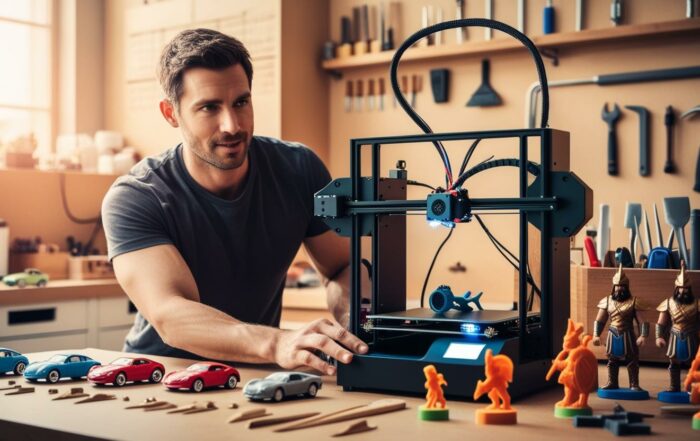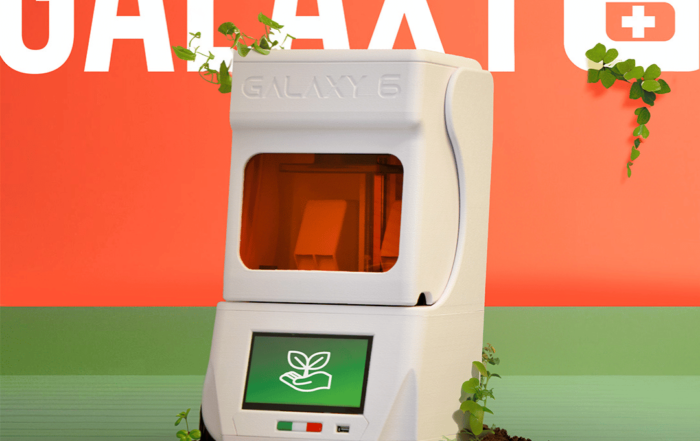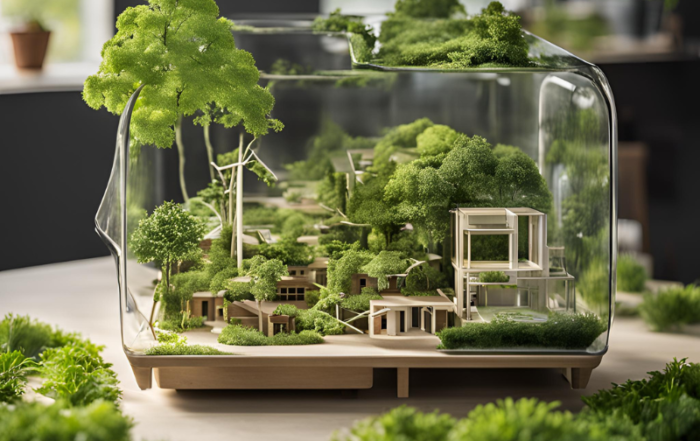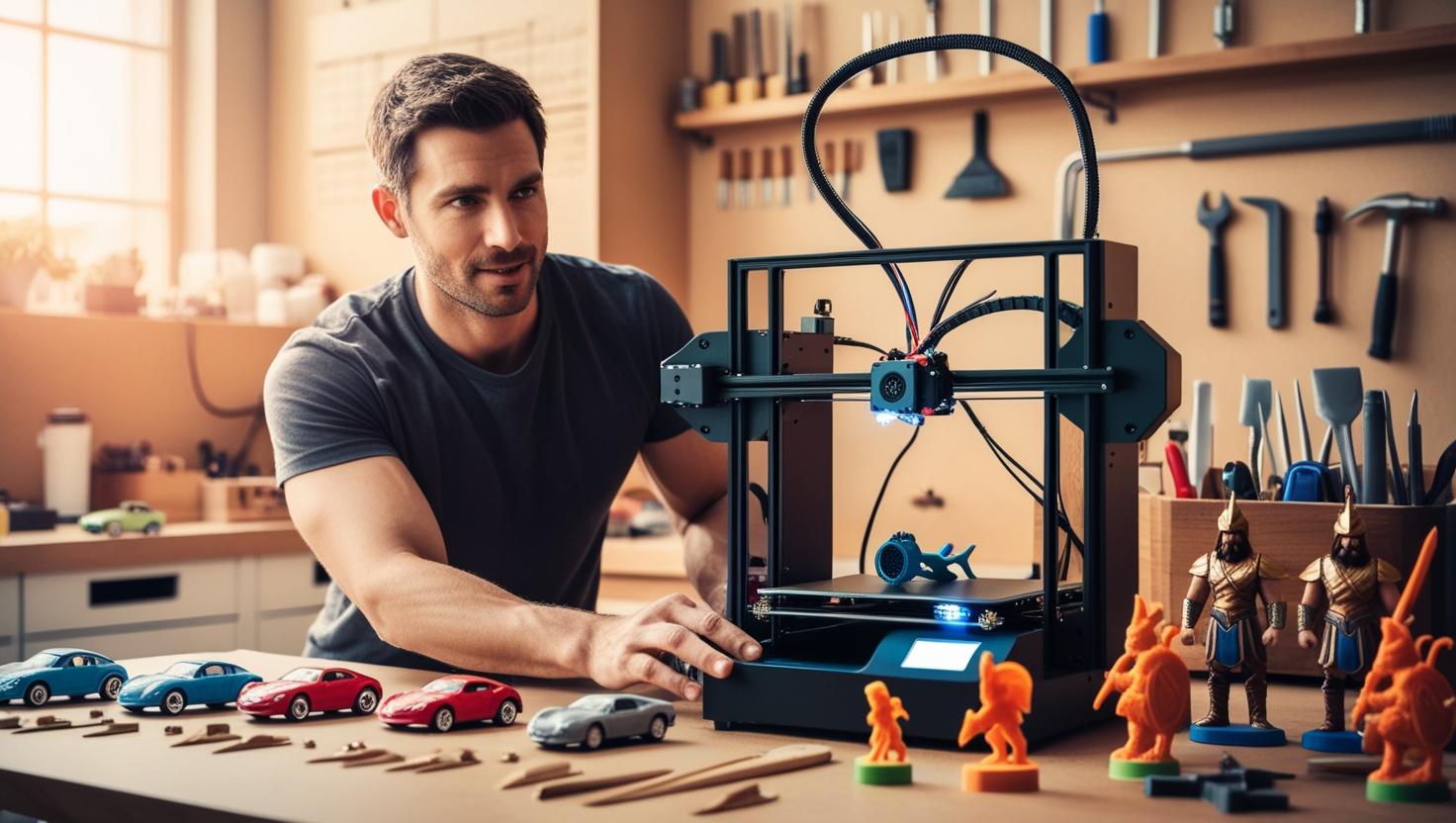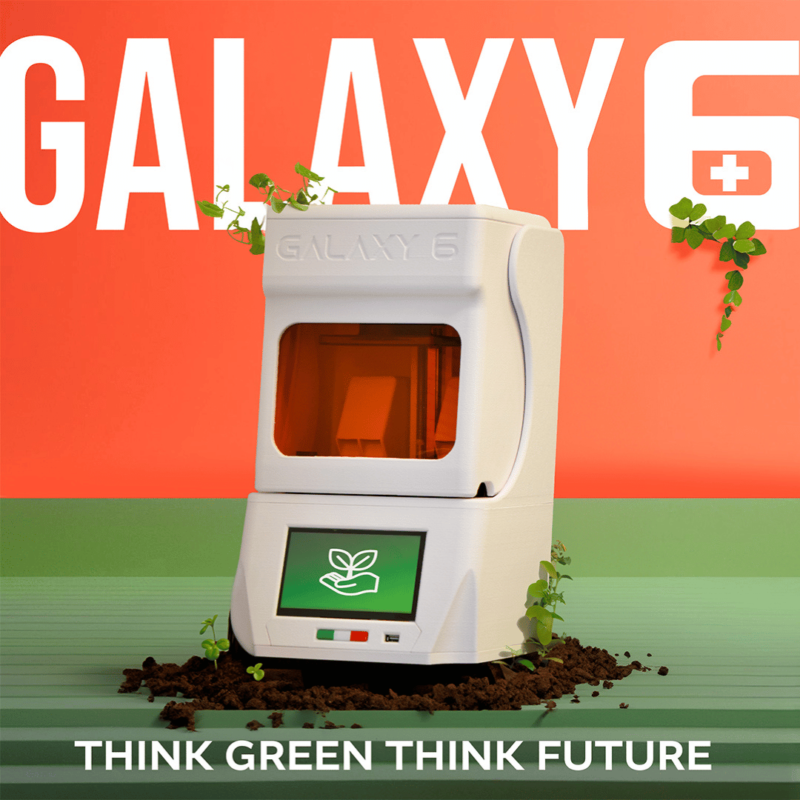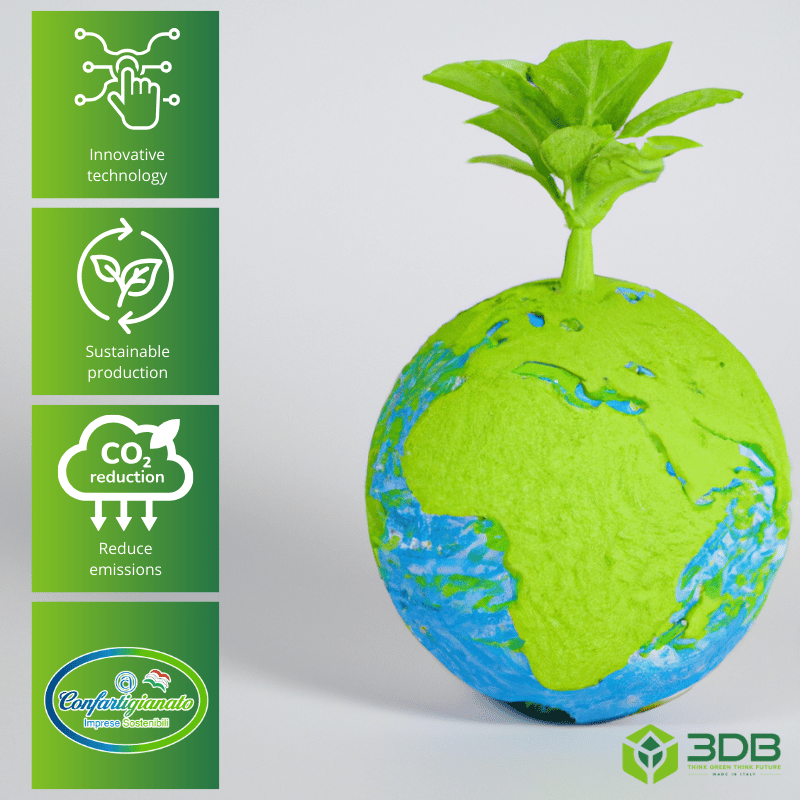Sustainable materials in 3D printing: Innovation and green choices for a better future
3D printing offers many opportunities to reduce the environmental impact of manufacturing, but the real benefits are only achieved if sustainable materials are chosen. In this article, we will explore the options available today and explain how 3Dbusiness is committed to selecting materials that are not only high-performing but also environmentally friendly. From bioplastics to recycled materials, we discover how material choice can make a difference in sustainability.
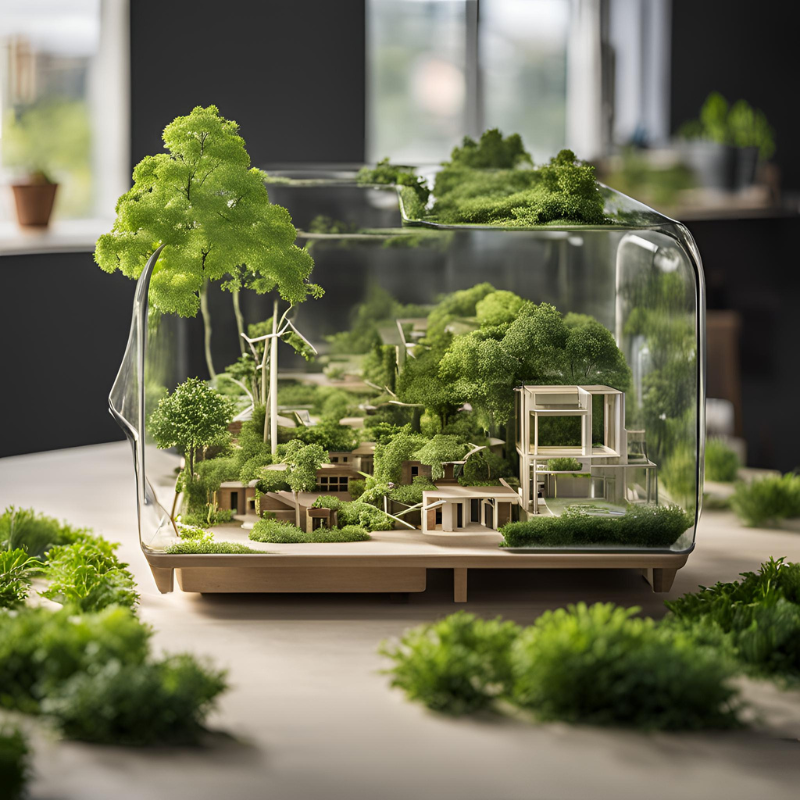
The challenge of materials in 3D printing
Traditionally, 3D printing has used materials such as PLA and ABS, which have relatively low costs and are easy to use. However, not all of these materials are environmentally friendly, and the increasing focus on sustainability has led to a search for better alternatives. A sustainable material in 3D printing should have a low environmental impact in both production and disposal, thus helping to reduce waste and pollution.
PLA: the bioplastic par excellence
PLA (polylactic acid) is one of the most popular bioplastics used in 3D printing. Made from renewable resources such as corn, sugar and potatoes, PLA is biodegradable under specific conditions and is one of the most sustainable alternatives to traditional polymers. This material is suitable for many applications because of its ease of printing and low environmental impact.
Pros of PLA: Renewable material, compostable in industrial composting facilities, good printing quality. Cons of PLA: Heat sensitivity, not suitable for high-strength applications.
Recycled PETG: recycled plastic for a second life
Another sustainable alternative is recycled PETG. Using recycled plastics, particularly those from plastic bottles, provides a durable and easy-to-print material. Recycled PETG is ideal for those seeking a robust and more environmentally friendly solution than virgin materials, avoiding the production of new plastic and reducing the use of natural resources.
Pros of recycled PETG: Durable, good mechanical properties, usable in settings that require strength. Cons of recycled PETG: Release of microplastics if not properly disposed of.
Bio-compounds: the evolution of sustainability
Bio-composites are state-of-the-art materials that combine natural polymers with plant fibers, such as wood or bamboo. These materials are not only sustainable but also innovative, as they offer a unique look and texture. Bio-compounds are perfect for projects that require an ecological aesthetic dimension, giving the finished product a natural and organic look.
Pros of bio-compounds: Natural appearance, reduced environmental impact, aesthetic versatility. Cons of bio-compounds: They may require precise printing temperatures to avoid defects.
Recycled and recyclable materials for circular printing
More and more companies are experimenting with recycled and recyclable materials that can be reused for other prints once the product’s useful life is over. These materials, in combination with optimized 3D printing, support a circular economy approach, where nothing is wasted but everything finds a new purpose.
Why the choice of materials is critical for sustainability
The use of sustainable materials goes beyond simply reducing environmental impact. It contributes to a more responsible production cycle and improves a company’s reputation with consumers, who are increasingly attentive to choosing environmentally friendly products and services. 3Dbusiness is committed to choosing sustainable materials not only to reduce long-term costs but also to offer its customers environmentally friendly printing solutions.
3Dbusiness’s approach to sustainable materials
Our company has decided to focus on biodegradable and recycled materials to offer a range of environmentally friendly options for our customers. We believe that sustainability is a path that involves every aspect of the production process, from design to material selection to disposal. Through the use of biodegradable PLA, innovative bio-compounds, and recycled materials, we are able to offer 3D printing solutions that respect the planet and meet the needs of our users.
Conclusions
Choosing sustainable materials for 3D printing is an important step toward a greener future. Whether biodegradable PLA, recycled PETG or bio-compounds, there are environmentally friendly options for all printing needs. With this in mind, 3Dbusiness continues to adopt innovative solutions to reduce environmental impact and ensure high quality products. In the next article, we will explore some case studies of green projects made with 3D printers to see how these sustainable technologies and materials translate into concrete projects.
DO YOU WANT TO KNOW MORE?
Fill out this form to request information. You will be contacted by our staff as soon as possible.
How 3D printers are revolutionizing dentistry
How 3D printers are revolutionizing dentistry In recent years, 3D printer technology has made extraordinary progress, revolutionizing many fields, including dentistry. This innovation is [...]
How 3D printers are revolutionizing dentistry
How 3D printers are revolutionizing dentistry In recent years, 3D printer technology has made extraordinary progress, revolutionizing many fields, including dentistry. This innovation is [...]
3DBusiness: believing in a better future and today’s examples
3DBusiness: believing in a better future and today's examples Sustainability is at the core of 3Dbusiness' mission, which is committed to reducing environmental impact [...]
Sustainable materials in 3D printing: Innovation and green choices for a better future
Sustainable materials in 3D printing: Innovation and green choices for a better future 3D printing offers many opportunities to reduce the environmental impact of [...]

